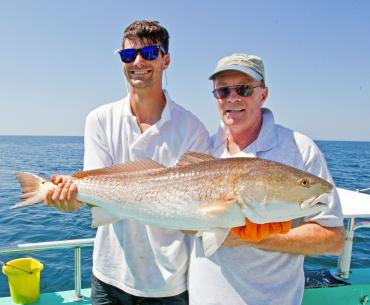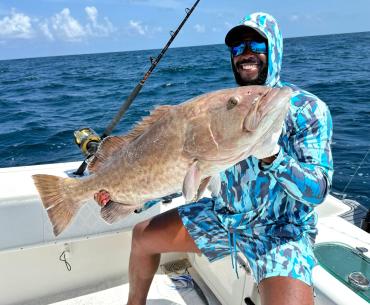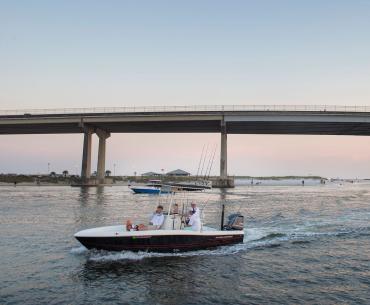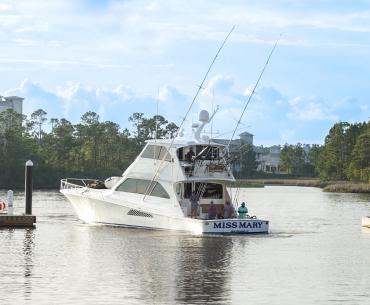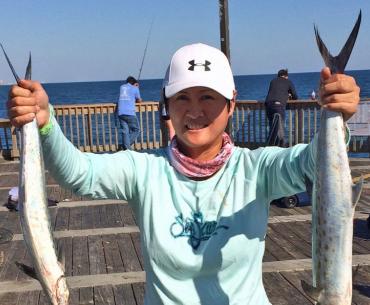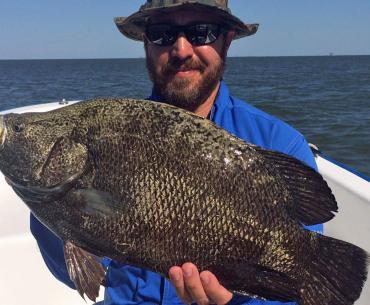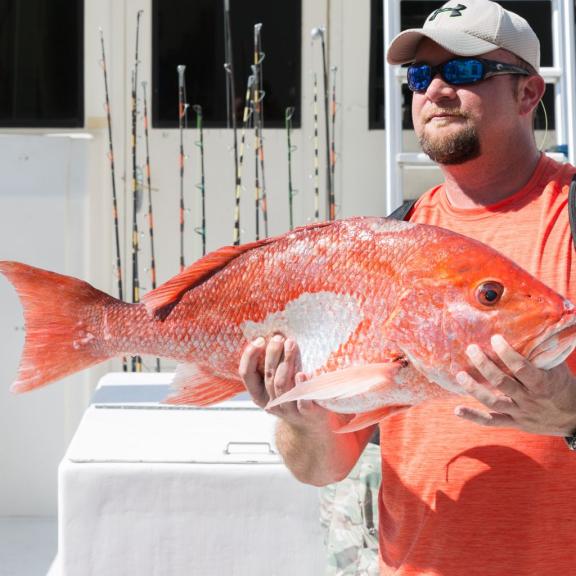
It seems we all have gotten a little spoiled with the size of red snapper we catch these days. The fish are just bigger than they have ever been in the Gulf. I can’t even remember the last time I had to measure a snapper to see if it was legal. Today eight-, 10- and 12-pound snappers are commonly caught. I think sometimes we all forget that a 10-pound snapper is a really nice fish!
When fishing for red snapper in Gulf Shores and Orange Beach, using the right bait can make all the difference. Follow this guide to discover the best red snapper baits and tips for landing those prized fish, and set yourself up for an unforgettable fishing adventure!
Live Bait
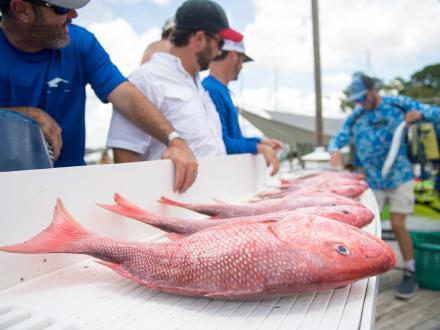
If you want to try to target huge snapper, you need live bait and the bigger, the better. Captain Casey Price on the charter boat Lady D always has a supply of the best live bait for red snapper live baits on board.
“Big snapper will hit a dead bait, but to consistently target trophy fish, big live baits are your best option.”
Pinfish and ruby red lips are two of Price’s and snappers favorite baits for snapper fishing.
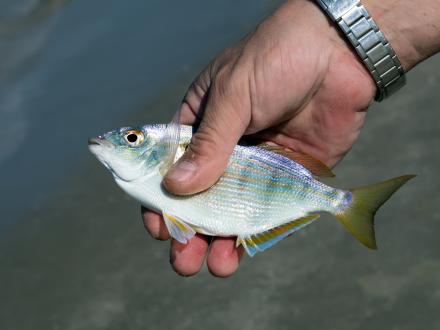
Pinfish
Pinfish
The natural movement of live pinfish entices predatory fish, making them an excellent red snapper bait choice. They are also easily available and hardy. Hook the pinfish through the back to keep it alive and use it for bottom fishing.
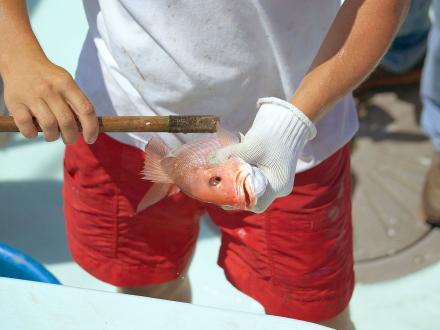
Ruby Red Lips
Ruby Red Lips
The vibrant color and lively movement of Ruby Red Lips make them particularly attractive to red snapper, increasing the chances of a successful catch. Use them live for the best results and hook through the back to keep them active longer.
Dead Bait
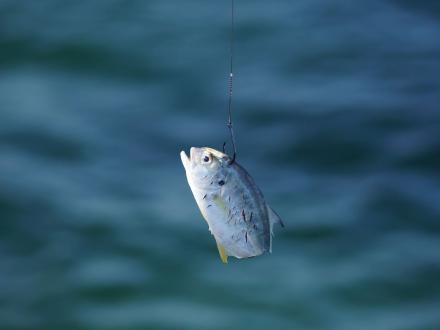
Snappers of all sizes, including huge 20 or even 30-pound fish are commonly caught on dead bait. Squid, pogies, and cigar minnows are always reliable and readily available.
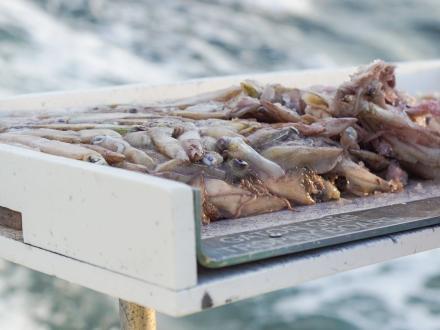
Squid
Squid
Squid is one of the top choices for red snapper bait due to its strong scent and durability. Cut the squid into strips to make it more manageable, and use either fresh or frozen squid for the best results.
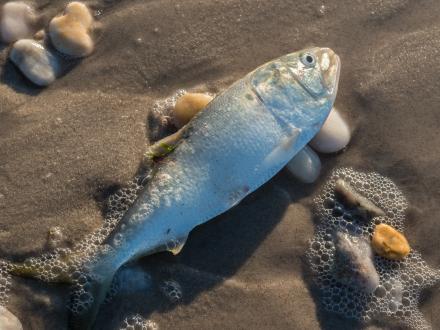
Pogies
Pogies
Pogies, also known as menhaden, are effective dead bait for red snapper due to their oil-rich flesh. Cut the pogies into chunks, use a chum bag to disperse the scent, and draw red snapper to your fishing spot.
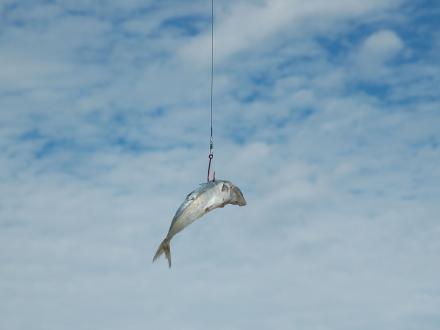
Cigar Minnows
Cigar Minnows
Cigar minnows create a strong scent trail, making them effective at attracting red snappers. They are also easy to find in bait shops. Thaw the minnows entirely if using frozen and use them whole for best results.
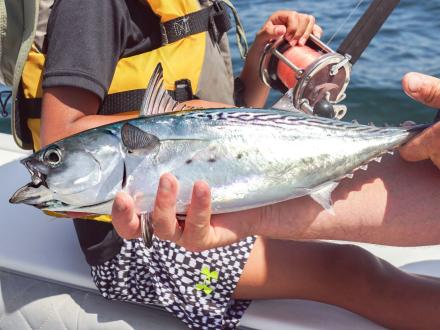
Bonito Strips
Bonito Strips
On those days when live bait is hard to come by, Captain Price says large chunks of meat also work well. They use a lot of big bonito strips. Make them big enough so the smaller fish cannot get it in their mouths. That limits the frustrating peck from the little reef fish.
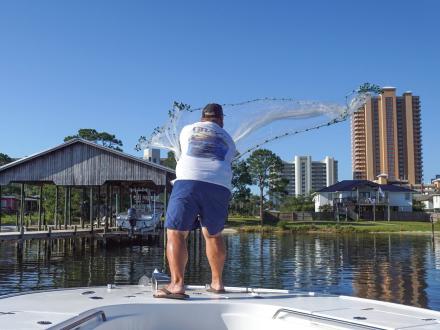
Fish Belly Meat
Fish Belly Meat
Captain Price also keeps belly meat from other fish they have caught to use during snapper season. “When we catch amberjack and tuna, we use the belly meat, which is usually discarded to make big snapper baits.” Price says his crew cleans the fish and throws the leftovers in the freezer for later use
Best Tackle & Rigs for Red Snapper
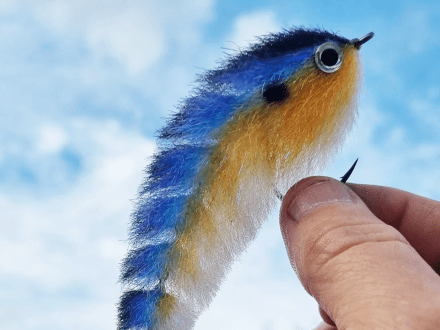
Downsizing Your Tackle
Downsizing Your Tackle
As important as big baits are, Captain Price says equally important is to go small on the lead weights.
“Something that is overlooked is the importance to downsize your tackle. Use the smallest weight possible to get your bait down on the spot. Usually the larger fish are up on top of the reef, so you don’t want to bomb your bait past them with a big eight or ten ounce egg weight.”
Price says to use just enough weight to get your bait down through the current. One, two, or three ounce weights will slowly get the bait into the feeding zone higher in the water column where the biggest fish aggregate.
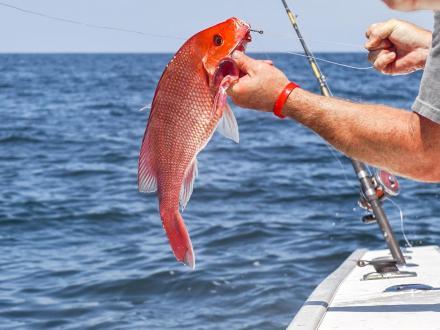
Using the Knocker Rig for Red Snapper
Using the Knocker Rig for Red Snapper
In this set-up, he prefers the ‘knocker rig.’ A knocker rig is where the weight slides all the way down to the hook as opposed to being tied on the main line above the swivel.
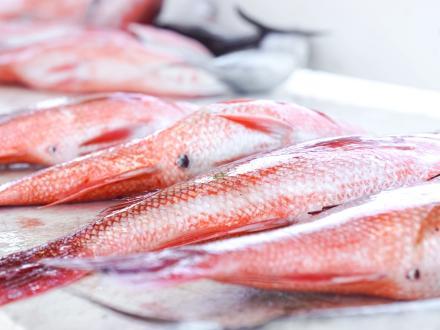
Creating a Drift Line for Big Snapper
Creating a Drift Line for Big Snapper
Price also likes to use a no weight rig to create a drift line behind the boat for big snapper. Pitch baits are cast out away from the boat without a weight and are left to drift in the current. Many times large snapper will hang just beyond the reef as well as other fish like king mackerel. After tossing the bait out, put the rod in the rod holder with light drag and have someone keep an eye on it.
Plan Your Snapper Fishing Trip
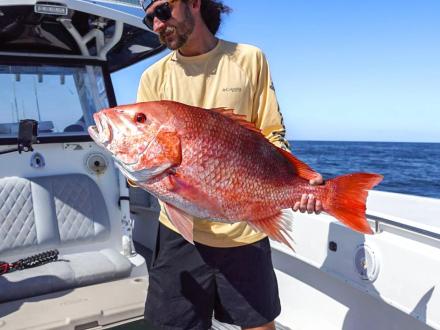
Book a Charter
Book a Charter
We all know the window to catch these fish is small, but if you follow Captain Price's advice on the best bait for red snapper, your rewards and red snapper will be big. Book a charter on Alabama's Beaches for an unforgettable snapper trip.
